“Writing is thinking. To write well is to think clearly. That’s why it’s so hard.” -David McCullough
In a recent Scripnotes podcast, Making Things Better By Making Things Worse, John August and Craig Mazin voiced disdain for textbook theories, and much of it rightly so, while discussing the vague topic of a “two-hander” that ultimately seemed no better or worse than those patterns concepts found in the same books they criticize. As John describes:
“A two-hander is a story with two important characters, where basically both characters are roughly equally important in the progress of the story. So, romantic comedies are generally two-handers, but really it applies to a lot of other kinds of movies, too. Lethal Weapon is a two-hander. The Sixth Sense is a two-hander. Identity Thief is a two-hander…generally each of the characters have something that he or she wants. And sometimes they have a shared goal, but they each have their own individual goals.”
The concept, as John states here, seems easy to grasp – but on closer scrutiny, his explanation seemed to muddy some waters. First, there appear to be a number of qualifiers and exceptions in his statement that results in a lack of clarity leaving us with two truths: it’s not bound by genre and it involves two important characters.
Secondly, could this be an illustration of the pot calling the kettle black? Both John and Craig have a history of criticizing text-book how-to’s, gurus and story analysts alike for seeing patterns and selling formulas, something Craig himself stated further into the article:
“Things that happened, the whats and the whens are connected to the why, I think. Everything is a choice. Yes, you can certainly see the patterns. Pulling patterns out of movies and saying, ‘Well, it does seem like typically the hero experiences a low point at the end of whatever we think of as Act 2.’ Absolutely. Well noticed.
Here’s another observation: it does certainly appear that as we progress into the summer months that the day grows younger. Neither of those statements, the first statement about screenplays won’t help you write a screenplay. The second statement about the lengthening of days will not help you create a universe.”
The problem here – and plenty of irony to be found, too – is there’s typically more clarity from those often criticized. Granted, there are a number of merits in John and Craig’s argument if not wholehearted agreements with their overall sentiment – it’s just John readily admits later that Craig’s “really been a huge disservice to screenwriters everywhere…because this is a thing that should be straightforward and you made it completely un-straightforward.” Perhaps a contributing factor to the problem is that perhaps too much time was devoted to form – the “what” it is – rather than the function – the “why” it is. We’re told (sort of) what a two-hander is, but never really in a way that we understand its function or purpose in a story.
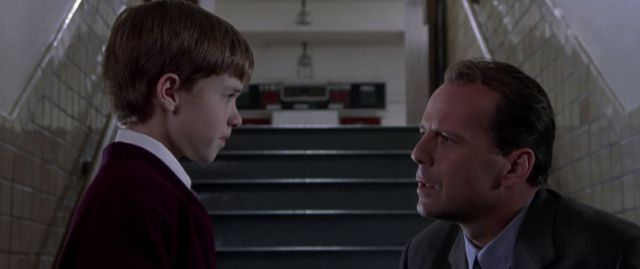
Whatever could the importance of a “two-hander” be here? John and Craig kind of left us hanging…no pun intended.
So why do some stories have this “two-hander” approach and others don’t? What is its function in a story? Why do some genres have them versus others? Does this mean there’s two main characters? Why do they sometimes have the same goal and other times they have separate goals? Where do we find some clarity in all of this?
Simply put, “two-hander” is about perspective. If we take a step back and look at the big picture using The Shawshank Redemption as an example, we see two characters, Andy & Red, whose rolls are often confused. Taking a previous article discussing this into consideration, we note the story’s theme as an outcome from the climax (hope is a good thing) and the choice the main character has to make: get busy living, or get busy dying. That choice is the culmination of two perspectives, Andy’s vs. Red’s, as dramatized throughout the story.
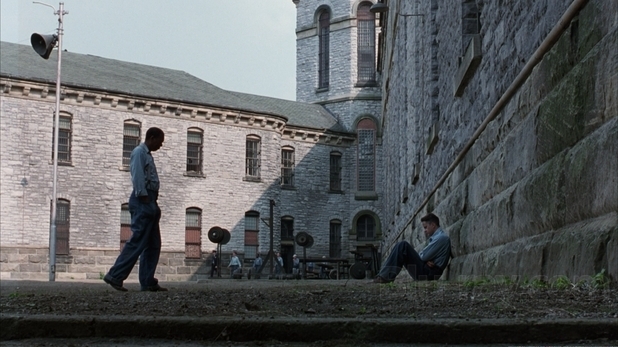
Friends don’t necessarily think alike: Red and Andy have very different views on how to go about solving their problems, adding a whole other level of conflict to the story than that explored through just the typical antagonist vs. protagonist angle.
In this sense, the story’s theme – what the author has to say about about the value of hope (and not just “hope” itself) – is explored by means of an argument. In other words, story is a form of persuasion, and the best means of being persuasive is to explore multiple sides of the argument. Having two characters with their own perspectives is part of the means in which the theme and argument is explored, one character ultimately forcing the other to see their differing point of view and forcing them to either remain steadfast in their approach or change. Whichever the case may be, the outcome is what the author wishes the audience to walk away in terms of their feeling about the main character and story itself. This is why it’s important to have something to say, to have your stories “be about something,” because theme, context, subtext, plot, conflict, everything factors into it (which Craig alluded to when saying “the plot is the character, is the theme, is the dialogue, is the narrative, is the choices.”)
In addition, as John states, the characters can often want the same thing, but conflict – and a differently level of conflict than that found between protagonist vs. antagonist – can arise simply between their perspectives of how to go about achieving the shared goal. This, in turn, makes a story richer, deeper and more complex because often times it’s where the heart and soul (read: emotions) truly reside.
In The Shawshank Redemption, the plot, the setting, the dialogue, almost everything tips toward Red so that we feel and acknowledge his perspective as the main character – and that’s why the ending works as well as it does. We’re also privy to Andy’s perspective: from suds on the roof to the opera playing over the prison’s loudspeakers, we have those moments of light shining amongst the darkness – but it’s not overwhelmingly so, otherwise the ending wouldn’t have worked. There had to be a sense of doubt which is why we’re placed squarely in Red’s shoes, his voiceover after being released from prison showing him at his lowest point (likewise, we read into Andy’s emotions, mostly through Red, with regards to his “shitty pipe-dreams,” leading us to believe he’s on the verge of suicide.)
In The Sixth Sense, the “two-hander” is between Malcolm and Cole. Malcolm, as the main character, is trying to resolve the story’s central problem of “what’s wrong with Cole.” His perspective, however, is based on his background which dictates there must be some kind of psychological explanation. Cole, however, has a completely different perspective: he’s haunted and sees dead people.
These two perspectives clash and form the basis of Malcolm and Cole’s relationship, a dramatic tug-of-war if you will, where at some point, one eventually finds truth in the other’s point of view. In this particular case, Malcolm has a perception problem – but it’s only through his interactions – his relationship – with Cole that he’s able to finally see the truth for what it really is: he’s a ghost himself.
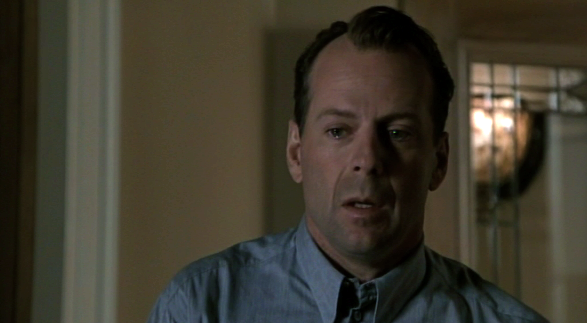
That awkward moment when it all makes SENSE and you realize the kid has been talking about YOU the entire movie.
In Braveheart, the relationship between William Wallace and Robert the Bruce is central to the outcome: both want the same thing, but go about their attempts to achieve it differently. Wallace has the tangibles that Robert the Bruce needs – the courage and conviction to actually lead – yet their relationship struggles to find a foothold amongst the incessant back and forth pulling of the nobles’ ideology which leads to disunity and betrayal. But it’s ultimately Wallace’s conviction – thematically symbolized by his wedding cloth, the wedding itself a symbol of unity – that influences Robert the Bruce, who, upon Wallace’s death, finds the courage to unite and lead Scotland to her freedom on the battlefield.
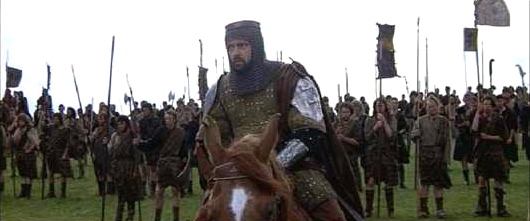
“You have bled with Wallace, now bleed with me.” Wallace’s influence is felt on Robert the Bruce who becomes the leader Scotland needed to win her freedom.
In Star Wars, Luke is a main character with a lot of raw skills and a chip on his shoulder to boot, constantly testing his abilities against others in an effort to prove himself. As we learn through Yoda in The Empire Strikes Back, Luke is reckless and has too much of his father in him, but in Star Wars, that’ tempered by Obi-Wan’s perspective as he mentors Skywalker in the ways of the force. It’s Ben’s influence, even after physical death, that prompts Luke to stop testing his abilities.
The result is a choice – a leap of faith – as Luke turns off his equipment and blows up the Death Star, resolving his personal flaw and solving the central plot’s problem in a scene where all the story’s throughlines comes together at once.
It’s these distinctive perspectives, or what Dramatica calls throughlines, which help writers to explore the nature of the argument their making. Three of the four throughlines have been discussed and exemplified, each offering a different perspective available to the human experience:
Main Character throughline – the “I” perspective, as seen from inside the main character representing the audience’s position to the story.
Influence Character throughline – the “You” or alternate perspective which essentially provides the second element of a “two-hander.”
Relationship Throughline – the “We” perspective, wherein the main character and the influence character hash out the passionate argument of the story, one ultimately adopting the other’s perspective. It’s those moments when Red and Andy clash over music being something that can’t be taken from you. Hope being a dangerous thing. Refurbishing an old boat being nothing more than a “shitty pipe-dream.” It’s Cole asking Malcolm “How can you help me if you don’t believe me?” It’s William Wallace’s impassioned speech telling Robert the Bruce if he would only lead, he too would follow.
It should be noted, not all main characters change – William Wallace being a good example. Rather, he holds firm to his convictions and influences others around him to change (meaning the influence character can either the one who changes, or changes the main character as a result.)
The last throughline is that of the Overall Story which is essentially the plot as it pertains to the story goal. It’s “what are we all doing here?” – in Star Wars, it’s a battle between the Rebellion and the Empire. In The Shawshank Redemption, everyone’s dealing with an innocent man in prison. In The Sixth Sense, everyone’s affected in some way or another by Cole’s problem – therefore playing a role in the story. In Braveheart, everyone’s involved – on one side or the other – in the battle for Scotland’s freedom.
Craig’s words of wisdom later in the podcast ring true which makes this particular episode all the more ironic because screenwriting doesn’t have to be messy.
“Nothing that is worth anything can be achieved through simple steps. It is the children in us that are looking for parents to give us instructions to follow. And we are all children looking for parents everywhere. In the end, however, in order to achieve anything of value you have to be your own parent and you have to be a grown up and you have to confront the messiness of it.”
Dramatica itself provides a context in which everything has its place, an explanation, and a definition without resorting to a lot of mysticism and generalizations or a “paint by numbers” approach.
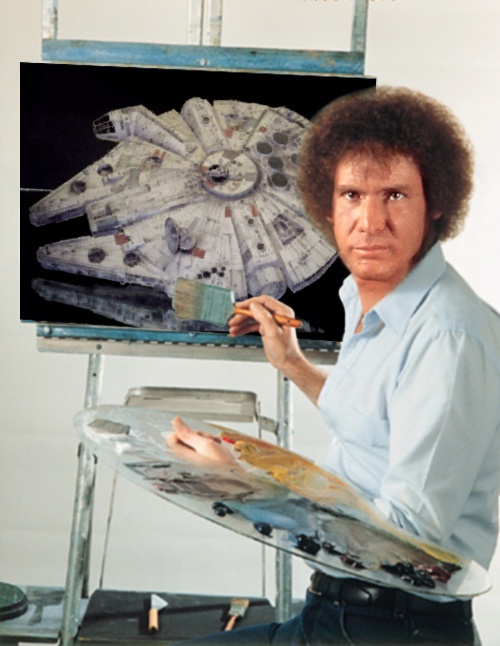
You’ll note the lack of “happy little asteroids” here, but we can neither confirm nor deny those brushes are made from the finest of Wookie hair.
At the same time, it’s hard. There’s no “simple steps” to follow and it has a steep learning curve – but with practice comes understanding and with understanding knowledge. Putting that knowledge into writing begets wisdom until one day, everything clicks and YOU see story from a whole new perspective.
Perhaps more importantly, you finally see story with much more clarity than you ever have before and as already noted – to write well is to think clearly.
Author’s note:
This isn’t meant to be a sales pitch; rather it’s to let people know there are free resources available that are well-worth exploring. As someone who’s read more than his fair share of books on screenwriting, hired numerous consultants, paid thousands (and THOUSANDS) of dollars over the years in coverage/notes, I know first hand where John and Craig are coming from with their sentiments – and rightly so – but everything one can learn from a book can’t, and shouldn’t be, so readily dismissed and I know this as well from first hand experience.
When I first came upon Dramatica twelve years ago, I downloaded a trial version and quickly figured – even with a degree in Psychology – this is over my head and too much to learn. But five years ago, in my quest for knowledge having gone through just about everything else from Lew Hunter to Syd Field to Robert McKee’s Story to John Truby to The Hero’s Journey and so on and so forth, I found myself coming back to Dramatica – my only regret was having dismissed it as quickly as I did. Granted, I honestly believe there are stages of learning and perhaps I just wasn’t ready for it my first go-round at the time – and truth be told, the more I learned about other people’s perspectives on story, the better prepared I became for Dramatica…and I STILL don’t consider myself an expert (though the first draft of the first script I wrote using it received some pretty high praise and some fans in the process – a testament to my belief first drafts don’t have to be crap despite what many people parrot. Plan your work and work your plan.)
If you’re interested in learning more about the theory, you can visit the Dramatica website where there are any number of free resources, analysis, links to user communities, writer groups, etc. Or you may find any number of articles at Jim Hull’s excellent Narrative First blog helpful as they go into much more detail on all the various facets of Dramatica’s story theory. Understanding just a few of the key concepts may be enough to shift your own perspective.
Be forewarned: it’s difficult. It requires hard work, dedication, practice and application. And perhaps that’s the point Craig misses on the formula approach: sure people want an easy solution, a formula, a step approach – but you still have to be willing to do the heavy lifting. After all, nobody ever lost weight by simply reading a how-to book.
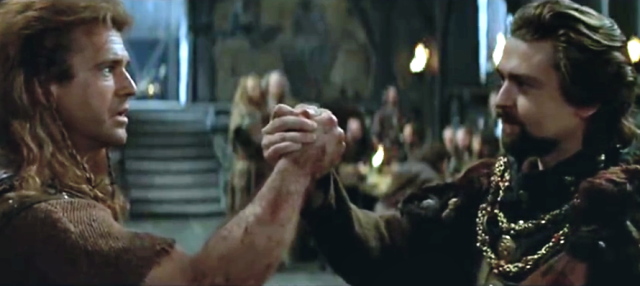
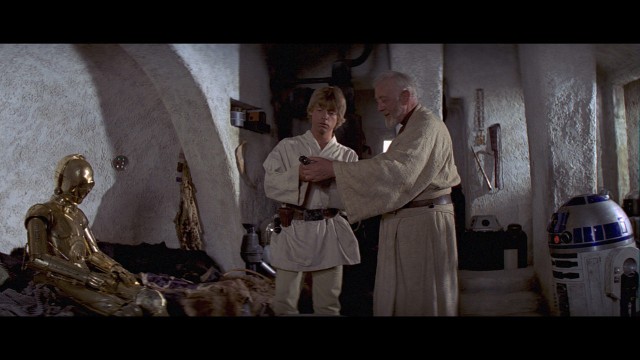
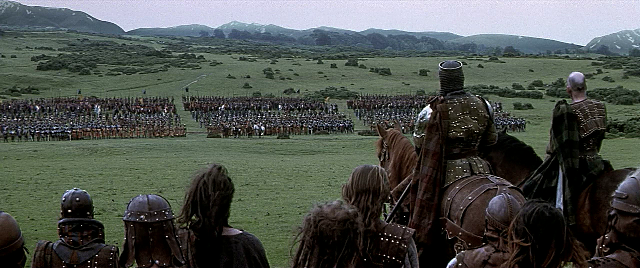

Pingback: The audience’s perspective: North By Northwest and dramatic irony. | The Bark Bites Back
Reblogged this on J. Giambrone and commented:
Some story talk…
LikeLike
Pingback: A Look Inside the storytelling of Pixar’s Inside Out. | The Bark Bites Back
Pingback: Going deep inside the underbelly of Sicario. | The Bark Bites Back
Pingback: A Look Inside the storytelling of Pixar's Inside Out.
Pingback: Going deep inside the underbelly of Sicario.
Pingback: The Use Of Dramatic Irony In Hitchock's North By Northwest
Pingback: How to keep your audience in suspense: cognitive dissonance, narrative blurring and the horror film.
Pingback: Analyzing the farce and its reliance on character perspective
Pingback: Dramatic Irony How to be a Screenwriter
Pingback: Going deep inside the underbelly of Sicario
Pingback: Keeping Audience in Suspense | Shore Scripts